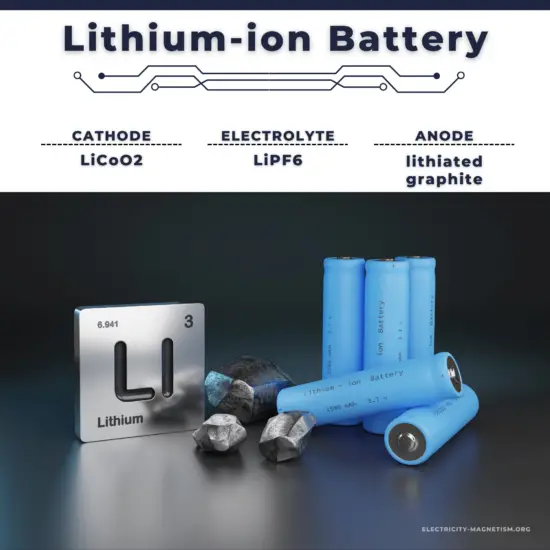Explore the world of System-on-Chip (SoC) devices, their components, advantages, applications, challenges, and the future outlook.

Introduction to System-on-Chip (SoC) Devices
With the rapid evolution of technology, the demand for smaller, faster, and more efficient devices has grown exponentially. This has led to the development of System-on-Chip (SoC) devices, a revolutionary technology that integrates all the necessary electronic circuits and parts of a system into a single chip.
Understanding the Concept of SoC
At its core, an SoC device is an entire computer system condensed onto a single integrated circuit (IC). This IC usually consists of a central processing unit (CPU), memory, input/output (I/O) ports, and secondary storage – all on a single chip. The idea is to integrate all these components into one unit to minimize power consumption, space, and to increase performance.
Components of an SoC
- CPU: The CPU is the brain of the SoC. It carries out most of the processing inside the chip. CPUs in an SoC can be single core or multi-core.
- Memory: SoCs contain both volatile (RAM) and non-volatile (ROM) memory. RAM is used for temporary storage while the system is running, while ROM is used for permanent storage.
- I/O Interfaces: These are used to connect the SoC to the outside world. They handle inputs and outputs from various external devices.
- Secondary Storage: This is non-volatile memory used for storing data and programs permanently, even when power is not supplied.
Advantages of SoC
- Space Efficiency: By combining all necessary components onto a single chip, SoC devices are significantly smaller than traditional systems.
- Power Efficiency: SoCs are designed to be power efficient, making them ideal for mobile devices and portable electronics that run on battery power.
- Cost Efficiency: Although the initial cost for designing an SoC can be high, the overall production costs can be significantly lower due to the reduced material and assembly costs.
Applications of SoC
SoC technology is used extensively in several industries. From everyday electronics like smartphones and smart watches, to high-end applications in aerospace and military systems, the ubiquity of SoC devices is testament to their utility and efficiency.
Detailed Applications of SoC
- Consumer Electronics: Smartphones, tablets, smart watches, and other personal electronic devices make extensive use of SoC technology. The compact and efficient nature of SoCs makes them ideal for these applications.
- Automotive Industry: Modern vehicles often feature advanced systems for navigation, entertainment, and safety, all of which utilize SoC devices for optimal functionality and space efficiency.
- Aerospace and Military: In these high-stakes environments, the reliability, efficiency, and compact size of SoC technology make it the ideal choice for a variety of applications, from communication systems to flight control.
Challenges and Limitations
Despite the many advantages, there are challenges associated with SoC technology. The design and fabrication processes are complex and expensive, requiring advanced technology and expertise. Additionally, there is the issue of heat dissipation. As more components are integrated onto a single chip, the amount of heat produced increases, making efficient thermal management crucial.
The Future of SoC
The future of SoC devices looks promising with continued advancements in technology. Key areas of development include greater integration, improved power efficiency, and increased performance. For example, newer generations of SoC are expected to incorporate more advanced features such as AI accelerators, allowing for smarter and more responsive devices.
Conclusion
In conclusion, System-on-Chip (SoC) devices represent a remarkable breakthrough in technology, enabling more efficient, compact, and powerful electronic devices. As SoCs continue to evolve, they will play an increasingly important role in a range of applications, from consumer electronics to high-tech aerospace systems. Despite the challenges involved in their design and fabrication, the benefits they offer are undeniable. Looking ahead, as technology continues to advance, we can expect SoC devices to be at the forefront of these developments, driving innovation and enabling new possibilities.



